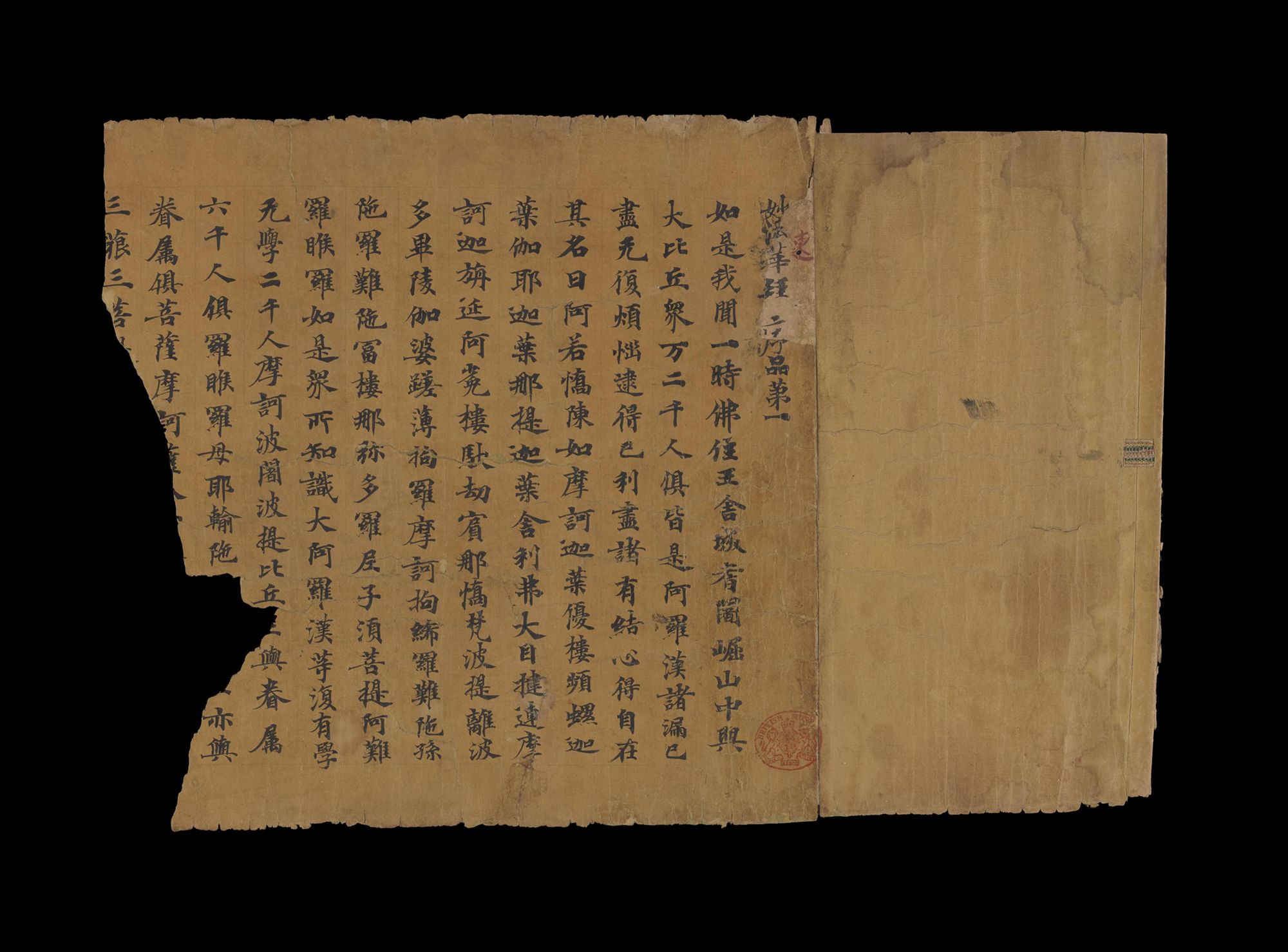"Ordaining Twenty-One Monks": A Forgotten Legacy of the Lotus Sutra in Medieval Chinese Religions

Event description
- Academic events
This lecture is part of the A.T. Steele Faculty Grant Lecture Series. The travel grants support ASU faculty seeking to fund travel to Asia to conduct research. This is a decades-long tradition supported by the A.T. Steele Endowment.
The first lecture will be provided by Professor Huaiyu Chen, School of Historical, Philosophical and Religious Studies, Arizona State University.
Abstract
The Introductory chapter of the Lotus Sutra briefly mentions that numerous audiences participated in the Dharma preaching of the Buddha. Among them, some of the most honorable ones were twenty-one great arhats, the most distinguished group of the first-generation disciples of the Buddha. The Lotus Sutra does not elaborate on the list of these arhats. After the Lotus Sutra was translated into Chinese in the early medieval era, Chinese Buddhist monks produced numerous commentaries on this significant Mahāyāna text. Some commentaries explained why these twenty-one great arhats were listed and how to categorize them. Interestingly, as a narrative trope, ordaining twenty-one monks and nuns often appeared in many Buddhist texts and stone inscriptions, symbolizing the founding of a religious monastic order. This study reveals the narrative of these twenty-one great Arhats who participated in the Buddha’s preaching of Dharma as a forgotten legacy of the Lotus Sutra in the history of medieval Chinese religions, including Buddhism and Christianity.
To join via zoom, please use the following link: https://asu.zoom.us/j/87179104105

